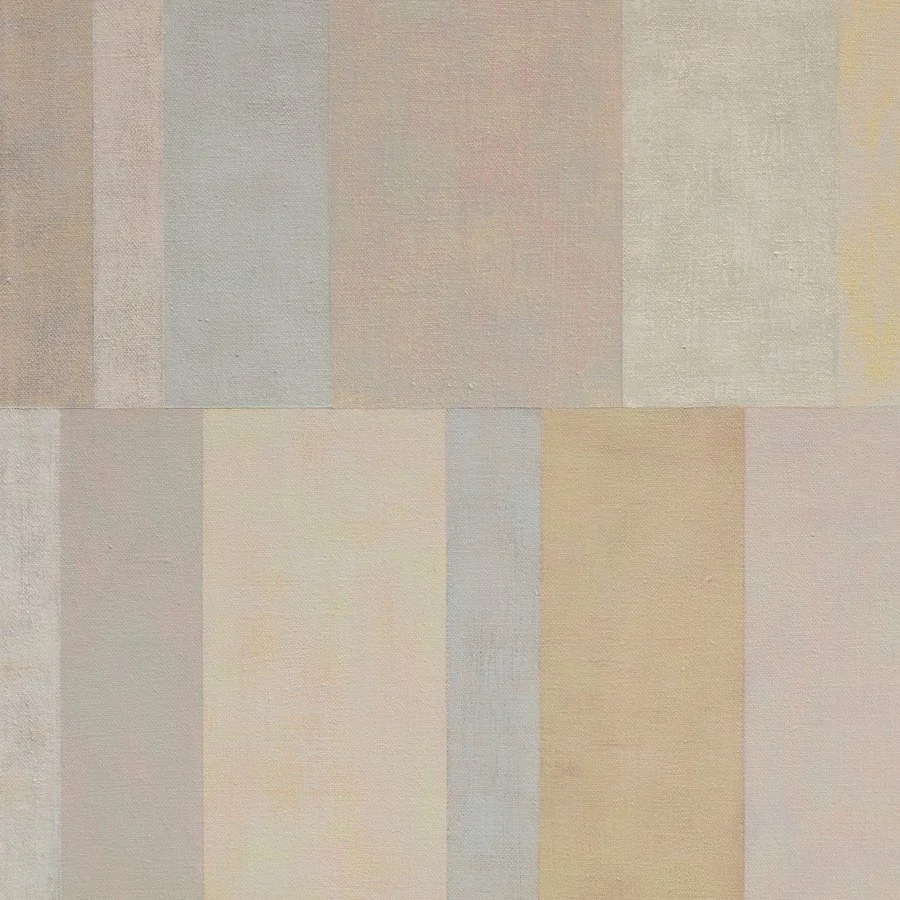I have been thinking a lot lately about whether social networking is worth an artist’s time. Do curators ever read that Tweet about your day in the studio? Does the “art world” notice when you post a pithy comment on Facebook? Does anyone really care about all those images you love on Tumblr or Pinterest or Instagram etc etc etc? Does any of it really matter? Isn’t it more important to spend every precious moment on actually making work?
In a Toronto Star article last year, the issue was mildly debated between super-savvy tech artists like Alex McLeod and purely analogue artists like Vanessa Maltese. But the theme of the article was marketing, as if that were the only reason to have an online presence as an artist.
I write this as I continue to debate with myself about whether my online presence is distracting me from my studio practice, if I should just shut down my Twitter account and my Facebook page and even end my blog (which I haven’t been too attentive to anyway, a common story among many well-intentioned bloggers). Would anyone really care? Would anyone even notice?
Author Jorge Luis Borges once remarked how the people who loved his work formed a community of “invisible friends”.
One of my favorite quotes of all time is by the artist Agnes Martin: “I paint to make friends and hope to have as many as Mozart.” Although I’m pretty sure she didn’t mean Facebook friends, I wonder what she would have thought of these online forums that enable viewers and artist to connect not just through but also beyond the work of art itself. Would she have posted her beautiful writings on a blog? Would she have tweeted pictures of the sublime landscape that surrounded her secluded studio? I think she might have.
In Susan Cain’s book “Quiet: The Power of Introverts”, Cain remarks on how the seemingly extroverted and exhibitionist nature of the web was originally designed largely by introverts. Is the urge to make art similar to the urge to share our internal musings online?
There will always be the crude and uninteresting purpose for an online presence – to satisfy the cynical demands of building a brand or persona. It's boring, and when framed this way, I recoil, procrastinate and often remain silent. But when embraced as an opportunity to think aloud, to synthesize random or complex ideas, to reflect on the bombardment of images and information to which I subject myself, to delve deeper into why any of it really matters, I am rewarded with a clarity of thought and purpose that I never really have when I don’t make the effort to share it with others.
So for now, that’s my answer. Of course, it takes time to ruminate coherently -- time away from the studio, and time I will have to find and re-commit to. But maybe the studio does not offer all I have to learn. And maybe there are still some invisible friends out there who can relate to more than just my painting.
Kenny Dorham – “Alone Together”



